Greater Flamingo
(Phoenicopterus roseus)
by Jesús Contreras - Your Wildlife Guide to Almeria

Till some years ago, the Greater Flamingo's scientific name was Phoenicopterus ruber. This big bird is one of the most prominent ones throughout Almeria's coastal wetlands.
The name Phoenicopterus comes from the word "Ave Fenix = Phoenix Bird" that arised from its ashes by itself. The typical rose plumage of the Greater Flamingo is due to the food they take in saltpans and salt lakes. It is a small shrimp, rose coloured or reddish, that lives there abundantly and which is called Artemia salina.The youngsters are totally black and white until they have enough age to assimilate the rose pigment on their feathers that charaterizes the adults.
| ||||
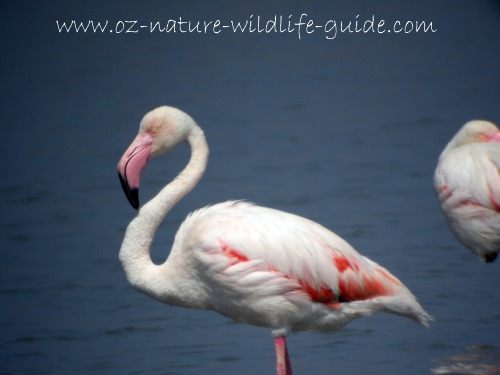 | 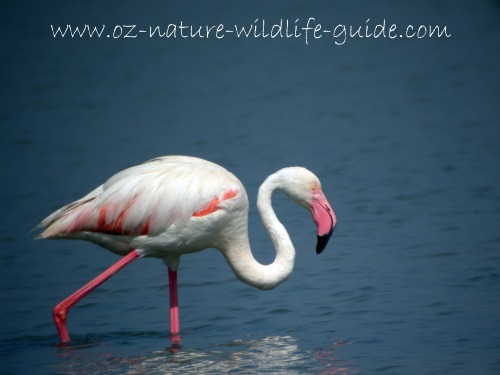 | 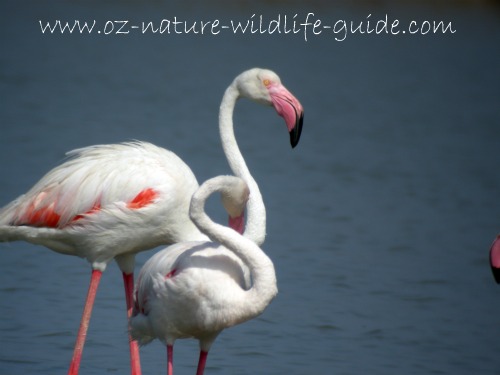 | 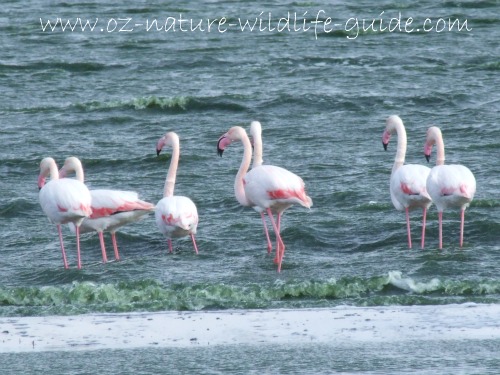 | 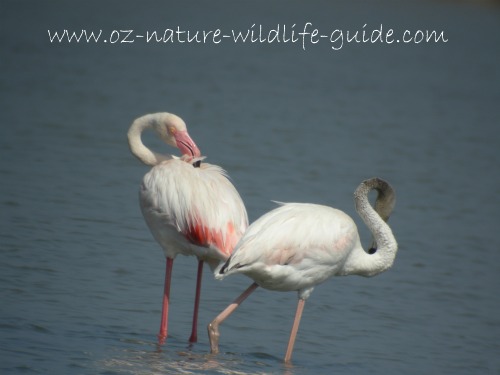 |
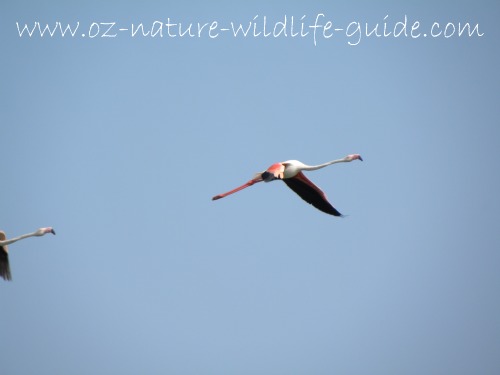 | 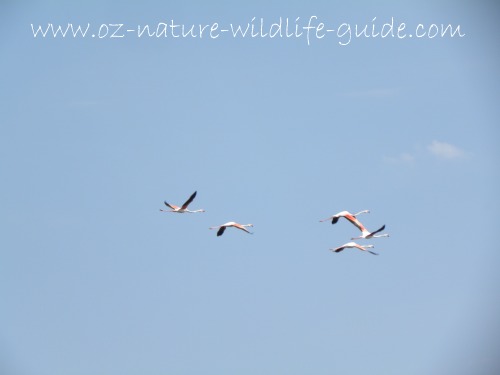 | 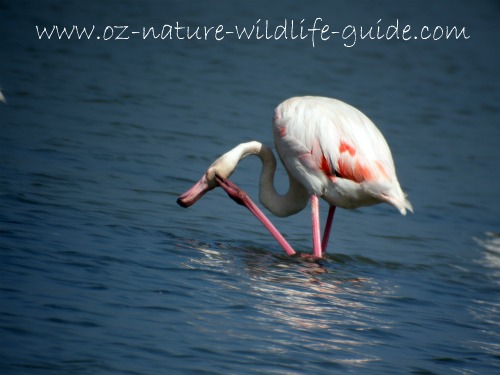 | 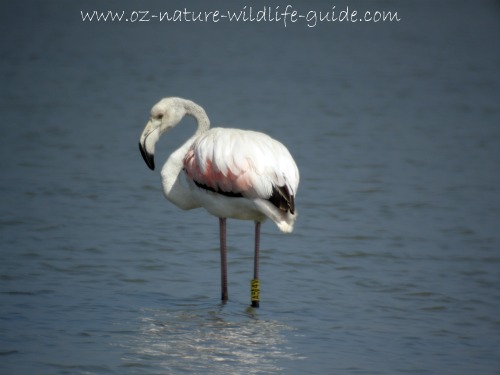 | 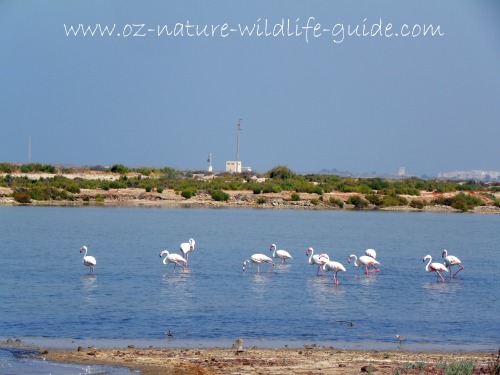 |
(Move your mouse over the above thumbnails to see a larger photograph)
In Almeria these birds are present throughout the year and its main habitat are three places scattered along the coast: The Cabo de Gata saltpans, Punta Entinas protected area and the Cerrillos abandoned saltpans. They live there always in salted habitats, but very different each one from the other.
They do not breed here, although they have tried it sometimes; the reason is because the wetlands in Almeria are not big enough, which makes them feel insecure when it comes to nesting. Therefore, the nearest breeding places are Algeria, to the South and Laguna de Fuente de Piedra (Malaga), to the West.
At Oz Nature Wildlife we work throughout the year in a coordinated European program, reading the scientific coloured plastic-rings on the legs of these animals, so that we can send this information to specialized institutes where they are all collected. Thanks to the help of many volunteers like us around the world, we are able to know a bit more about the migratory routes of the species.
This is important for establishing a good protection level for the habitats where they usually stop in migration, so they can rest there and feed for being able to continue the trip that runs across African and European lands, talking always for the Palearctic area.
Apart from Greater Flamingo there are many more species to be seen in Almeria >>

Translate:

Real Estate
Site Sponsors
For US & Canada citizens: You can now directly order the Best Spanish Food, wine and much more online:
Related Pages:
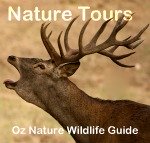
Nature Tours


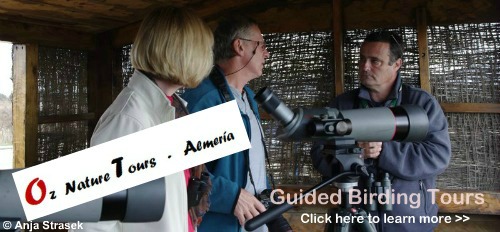

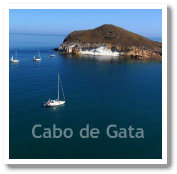
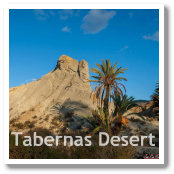

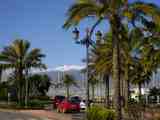















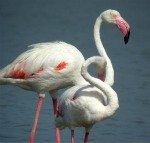
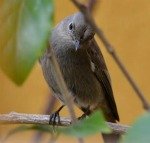
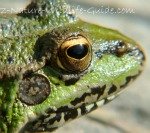




New! Comments
Have your say about what you just read! Leave me a comment in the box below.